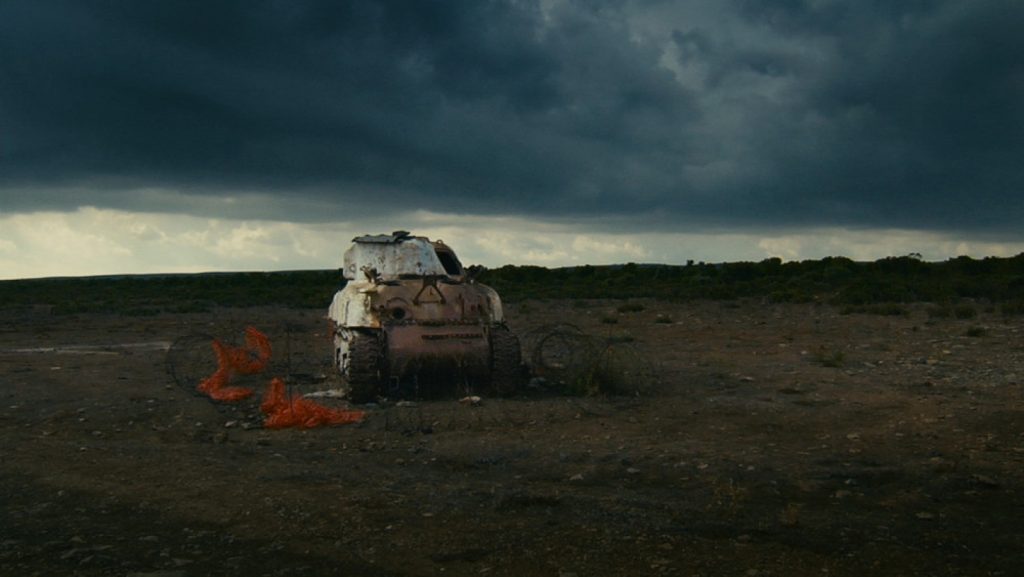detour 20anni di cinema indipendente
in collaborazione con Noeltan
Venerdì 20 gennaio, ore 20.30
MATERIA OSCURA
regia di Martina Parenti e Massimo D’Anolfi (Italia 2013)
a seguire incontro in sala con i registi
I registi Martina Parenti e Massimo D’Anolfi incontreranno il pubblico dopo la proiezione di MATERIA OSCURA (Italia 2013), documentario d’autore vincitore del premio Premio Corso Salani. Materia Oscura racconta di un luogo di guerra in tempo di pace. Lo spazio del film è il Poligono Sperimentale del Salto di Quirra, regione della Sardegna compresa tra le province di Cagliari e Nuoro, dove per oltre cinquanta anni i governi di tutto il mondo hanno testato “armi nuove” e dove il governo italiano ha fatto brillare i vecchi arsenali militari compromettendo inesorabilmente il territorio. All’interno di questo spazio il film compone tre movimenti. Il primo movimento segue l’indagine di un geologo che tenta di rintracciare l’inquinamento causato dalle sperimentazioni militari. Tra terra e mare, tra residui bellici e civili. Il secondo movimento mostra una ricerca attraverso gli archivi cinematografici del poligono che hanno visto protagonisti le armi e gli esplosivi di tutto il mondo. La terza e ultima parte racconta il lavoro di due allevatori, un padre e un figlio e del loro rapporto con la terra, gli animali e con un passato profondamente segnato dall’attività bellica. L’orrore in una natura all’apparenza incontaminata.
Materia oscura tells the story of a war zone in peacetime. The film location is the Salto di Quirra test range where, region of Sardinia between the provinces of Cagliari and Nuoro for over fifty years, governments around the world have tested “new weapons” and where the Italian government has carried out controlled explosions of old weapon stocks, inexorably endangering the territory. Within this context the film comprises three movements. The first movement follows the investigation of a geologist who attempts to trace the pollution caused by military experiments. Between land and sea, military and civilian ruins, among targets, shafts, shells, charges, radars, carcasses of tanks and missiles, the film uncovers the silent places and listens to the silence of two shepherd brothers who have been forced to live with the effects of war, although the rumblings of explosions still echo in the valleys.
The second movement focuses on the search through the film archives of the test range whose main characters have been weapons and explosives from throughout the world. They are incredible images telling the story of over fifty years of war tests. Missiles, rockets, bombs, blasts, controlled explosions: the dress rehearsal for war was put on display in front of the test range cameras. Negatives and positives, slow and fast motions: sizes and colors follow in quick succession in the darkness of the editing room.
The third and last part describes the work of two farmers, father and son, and their relationship with the land, animals, and with a past deeply affected by military activities. Despite the care, dedication and love for their work, too often are their animals born malformed, their internal organs full of radioactive substances. A horror story set in seemingly untouched nature.

